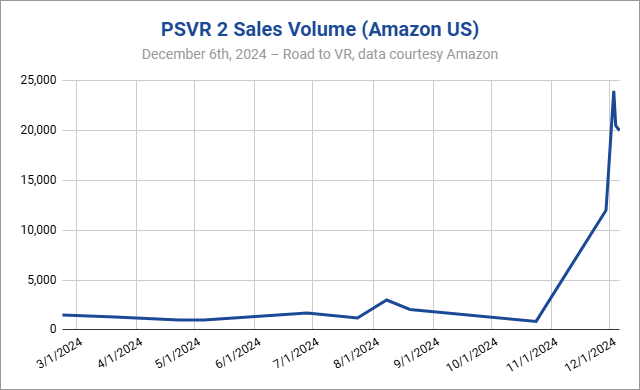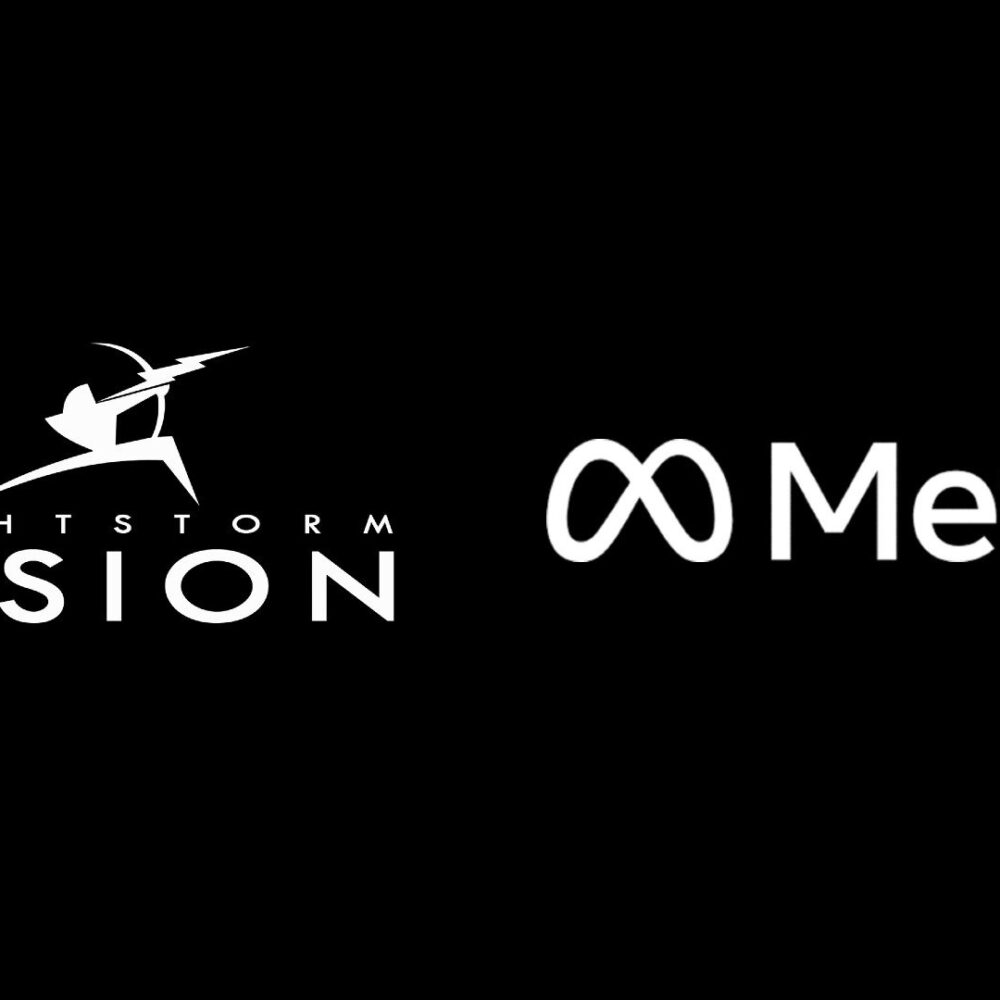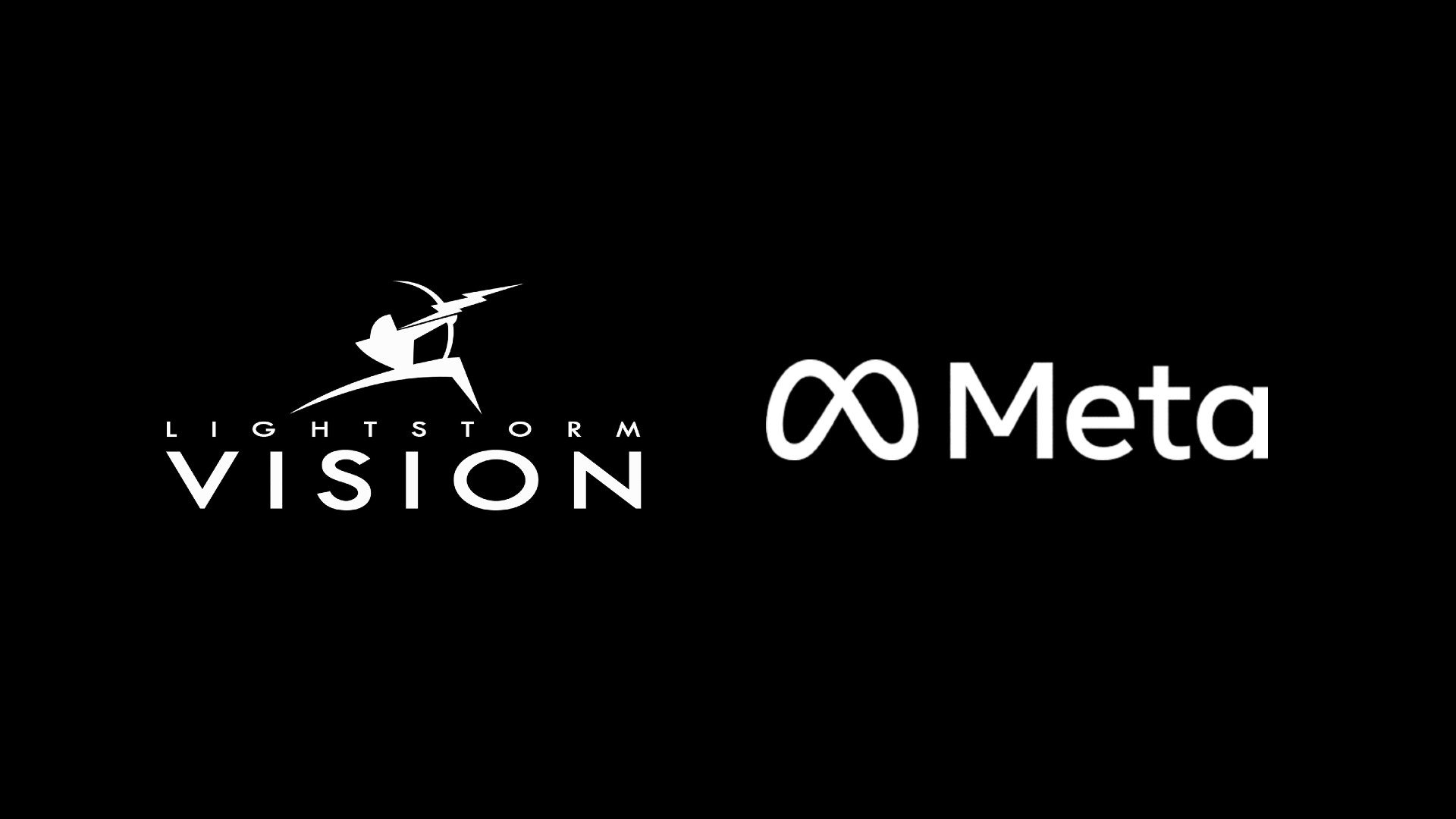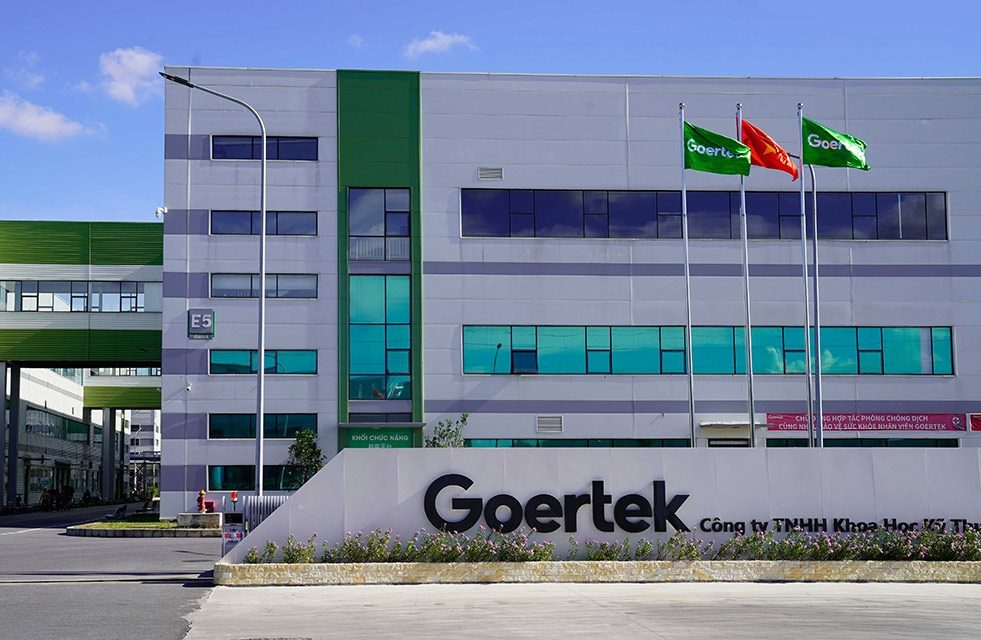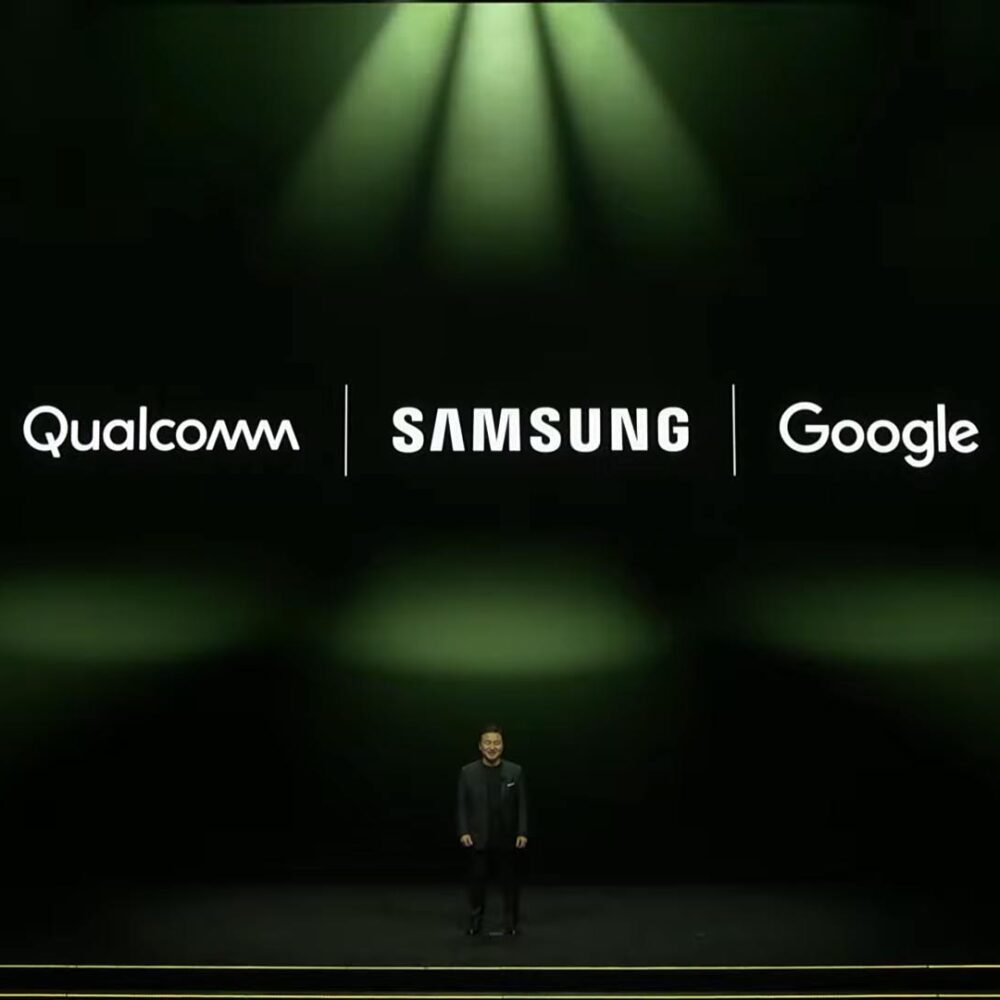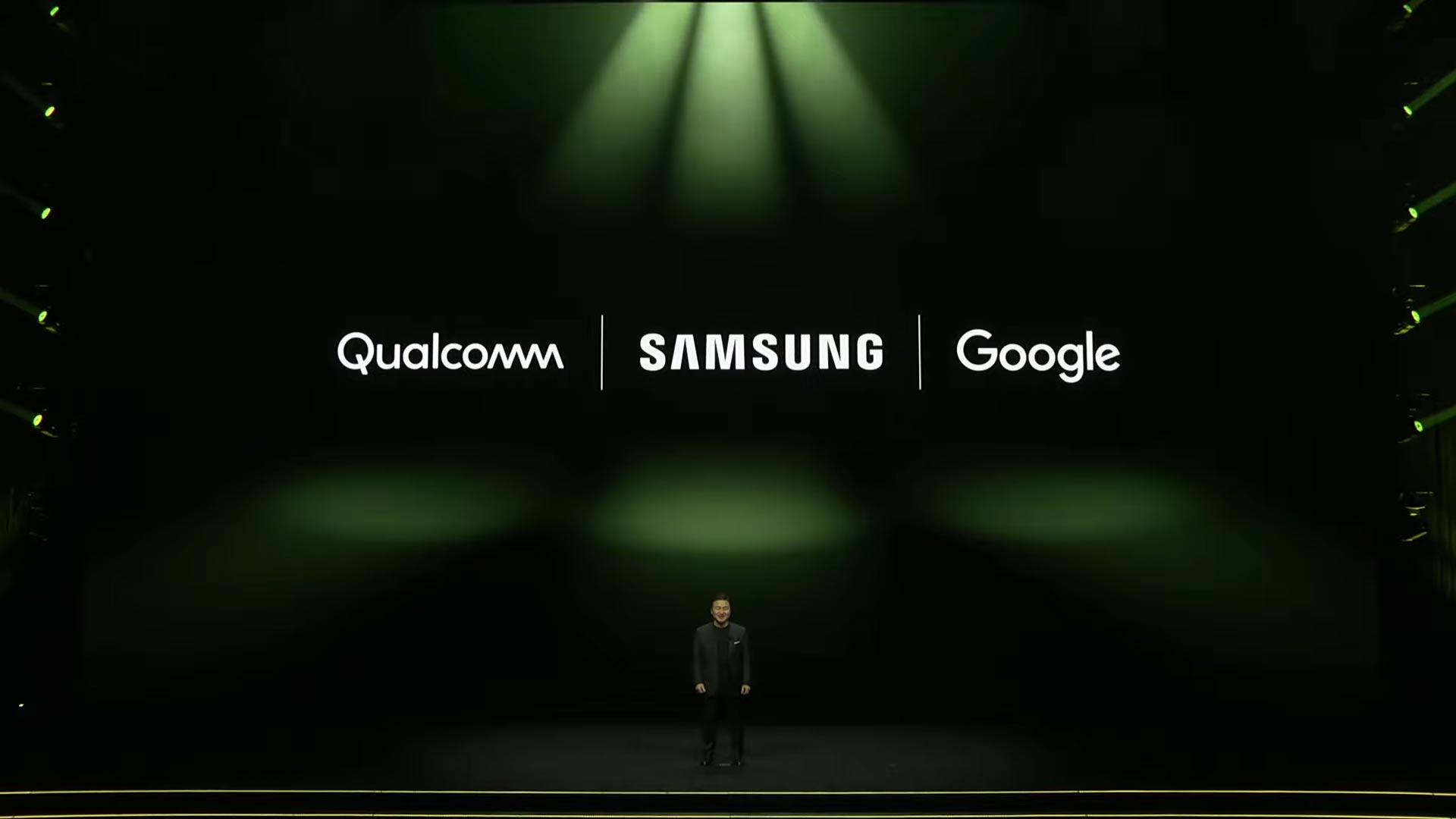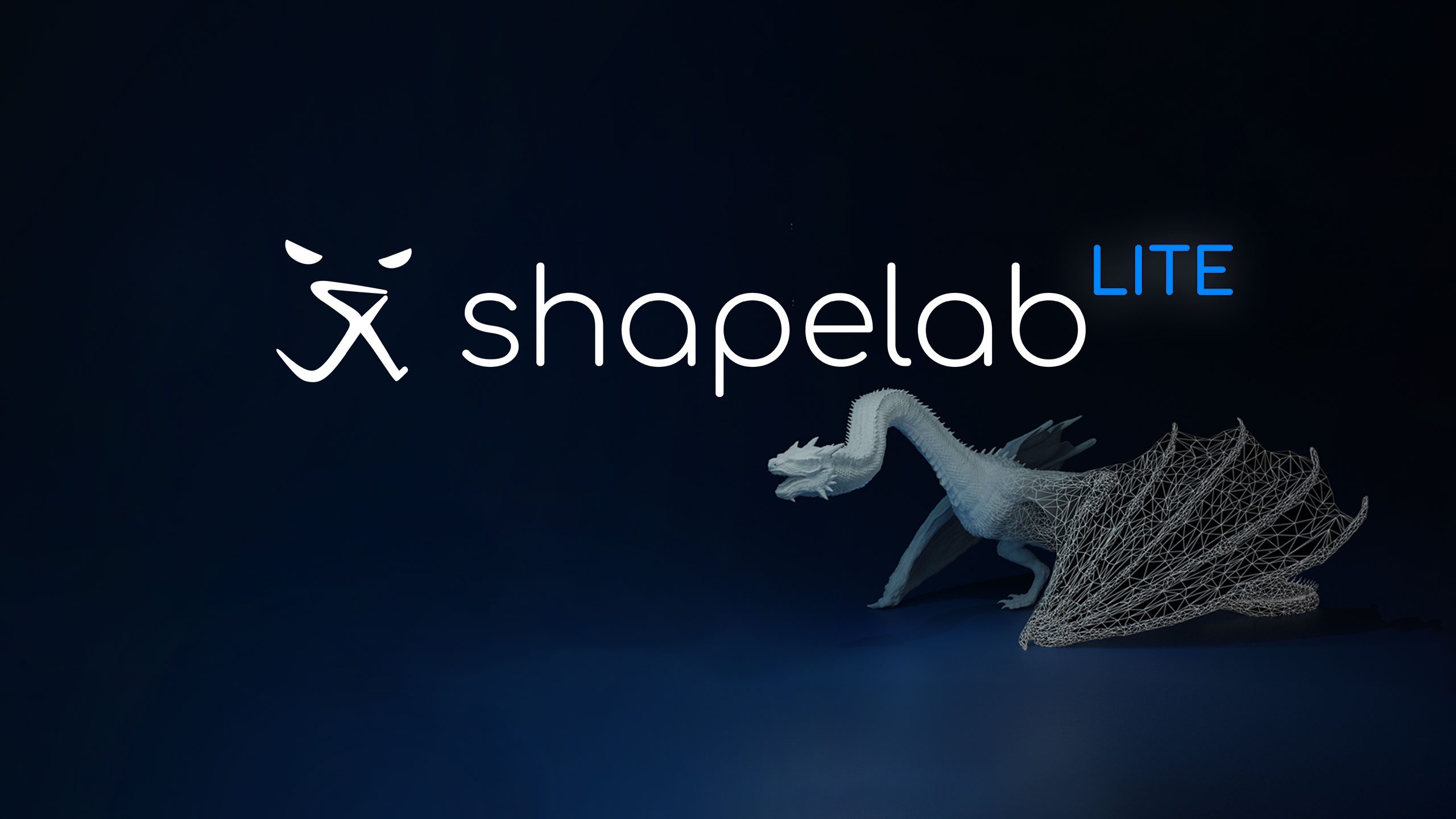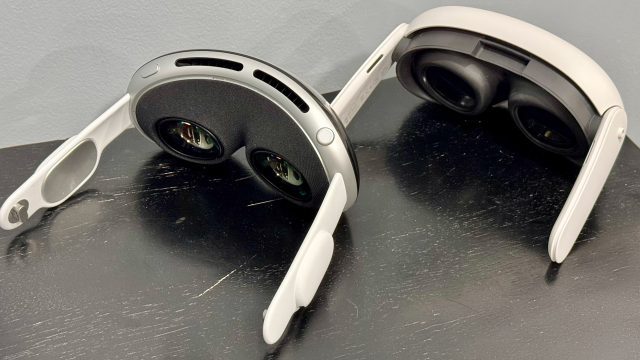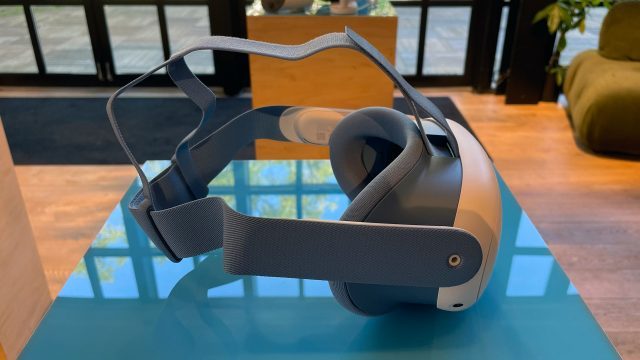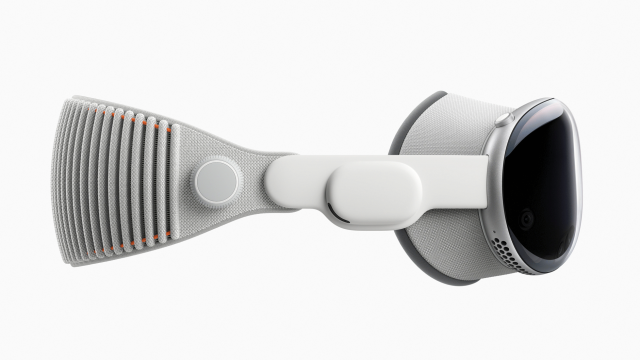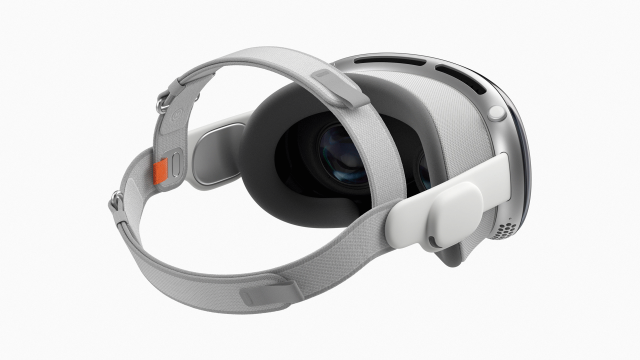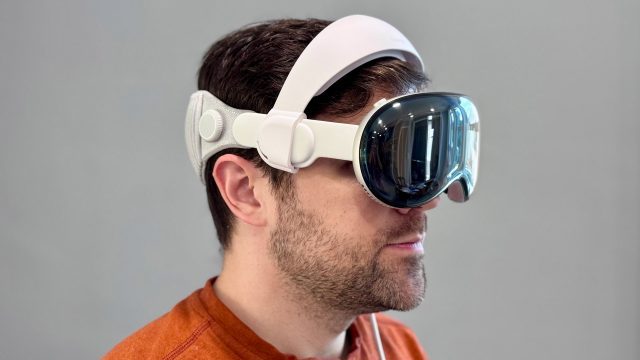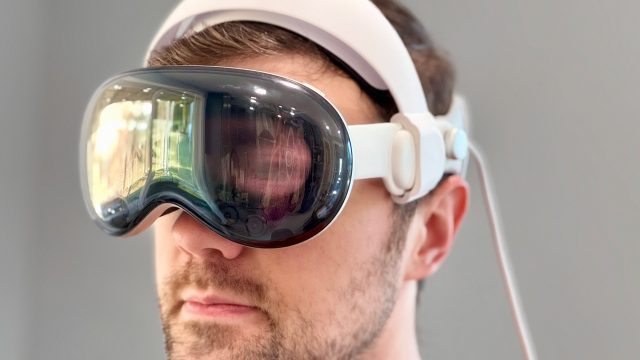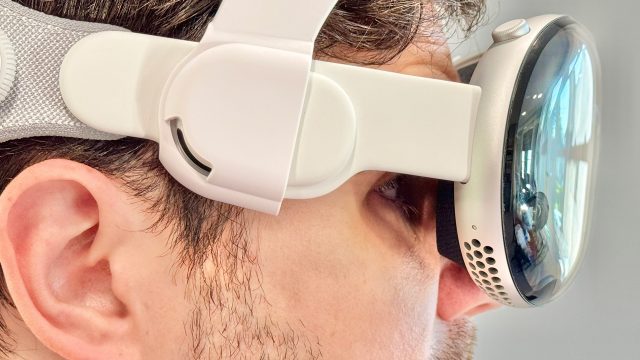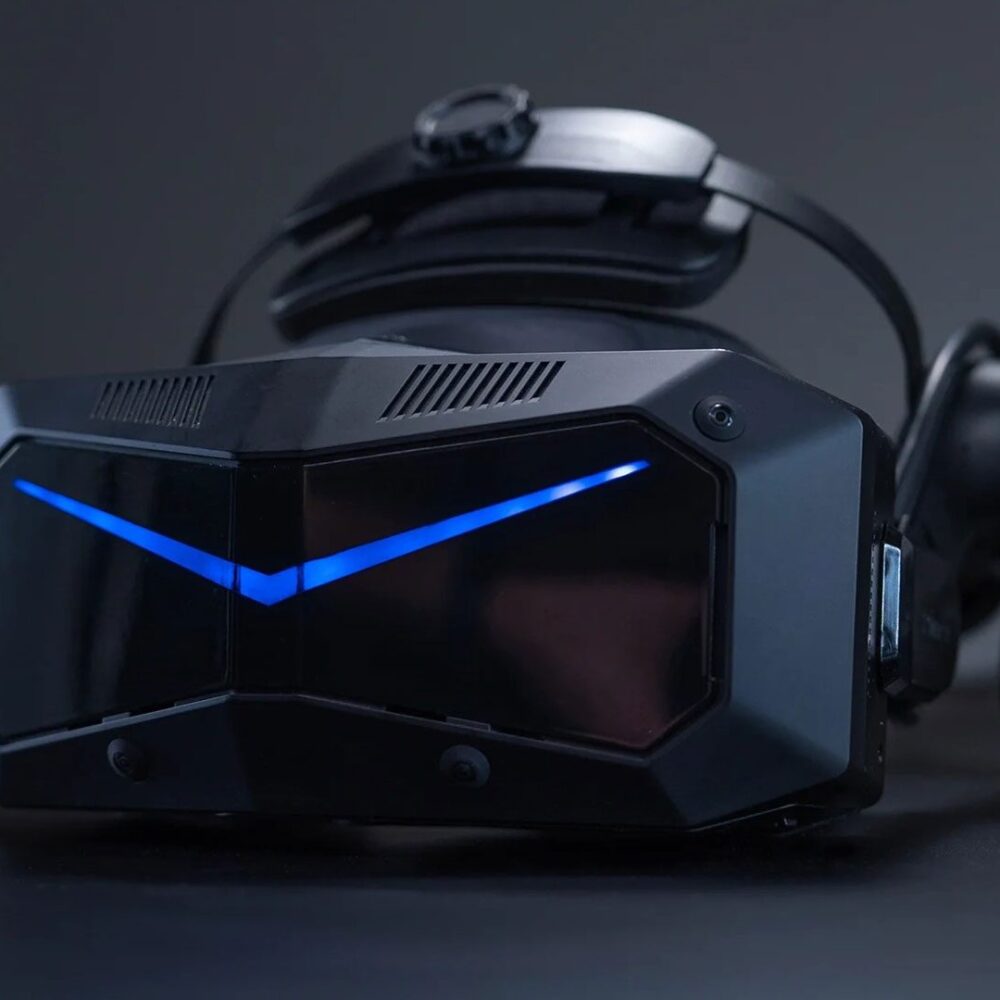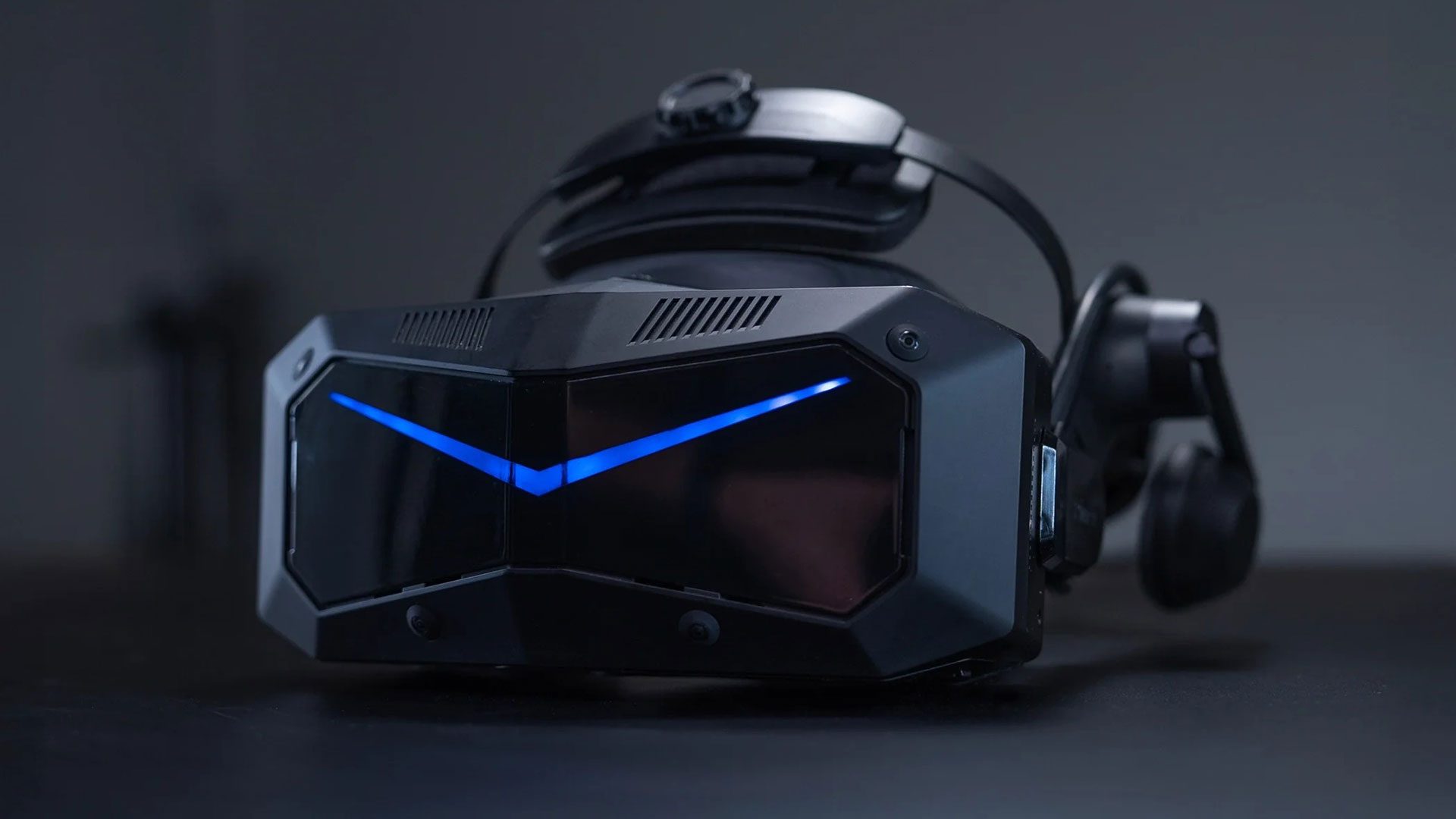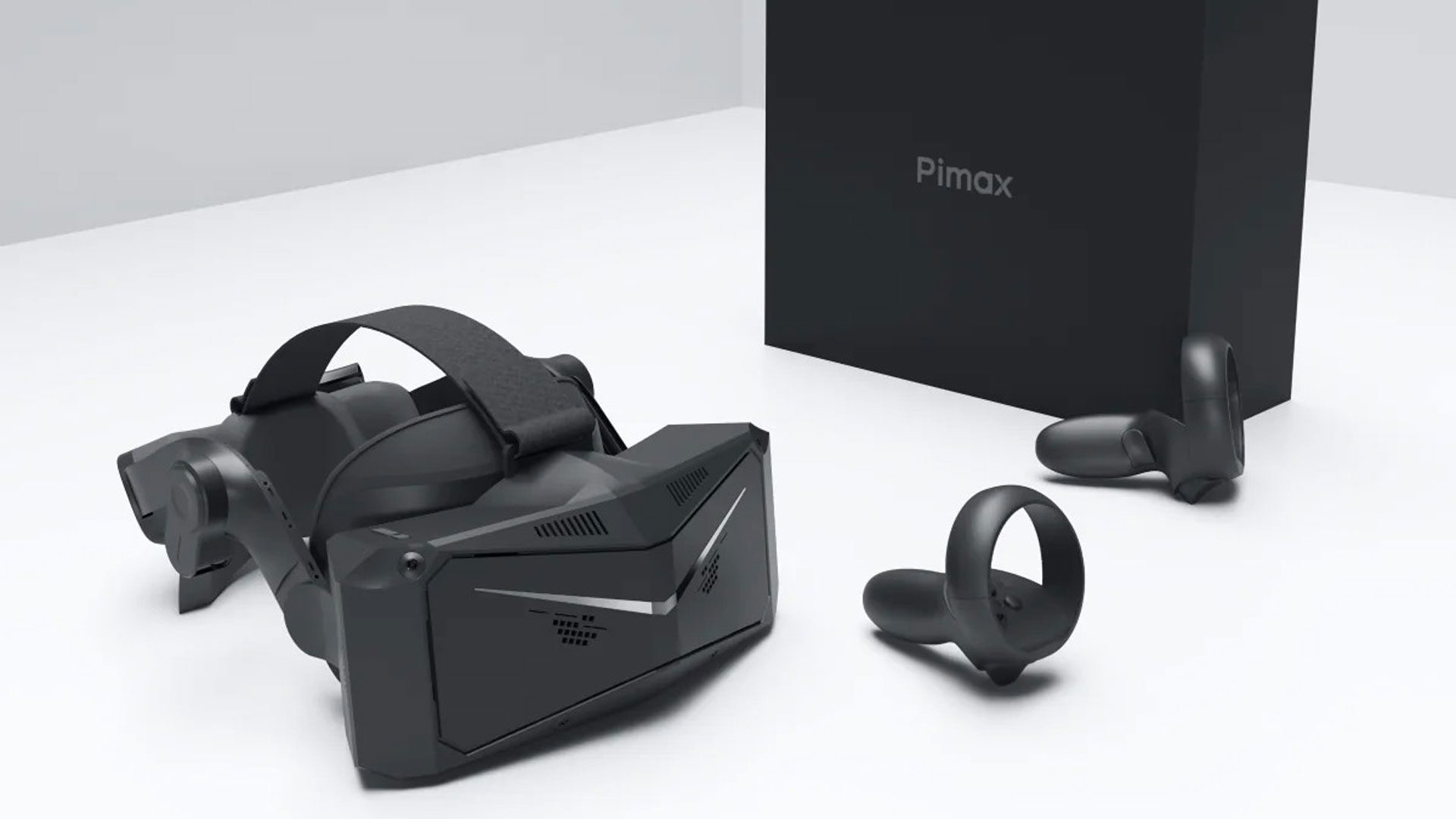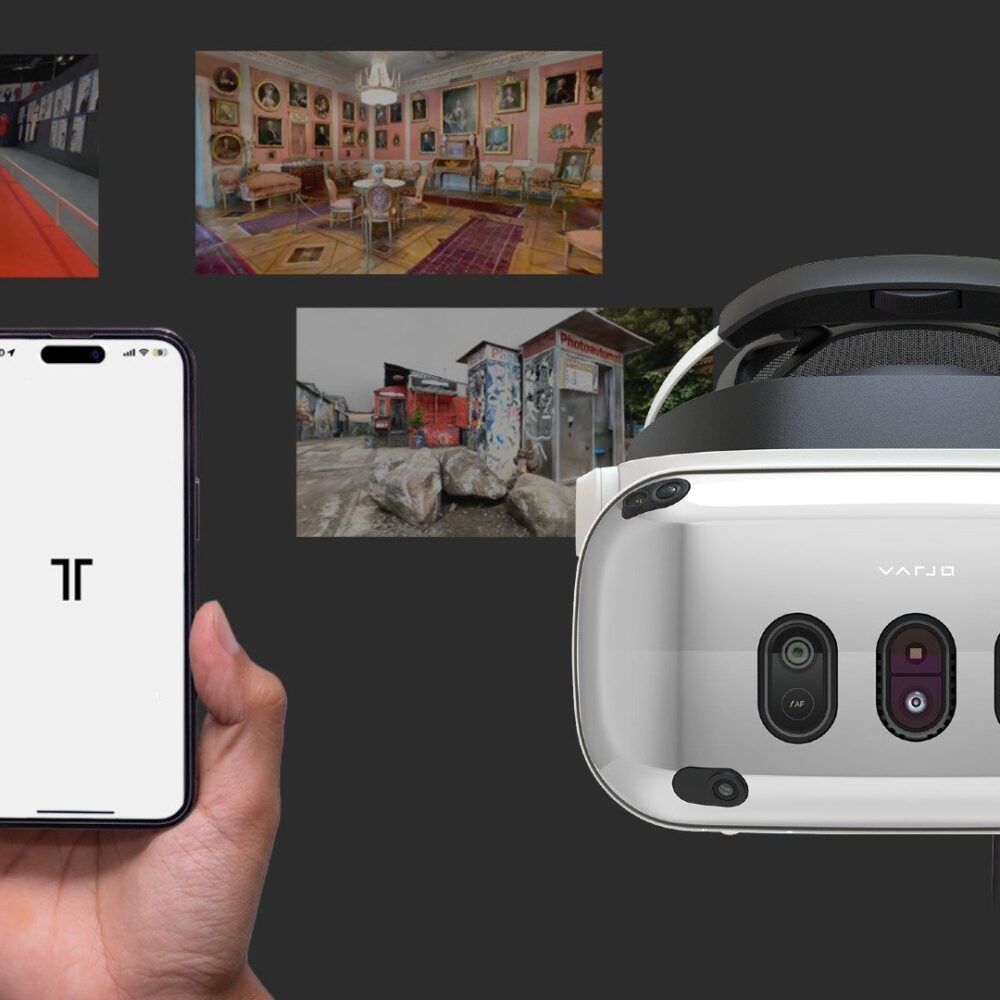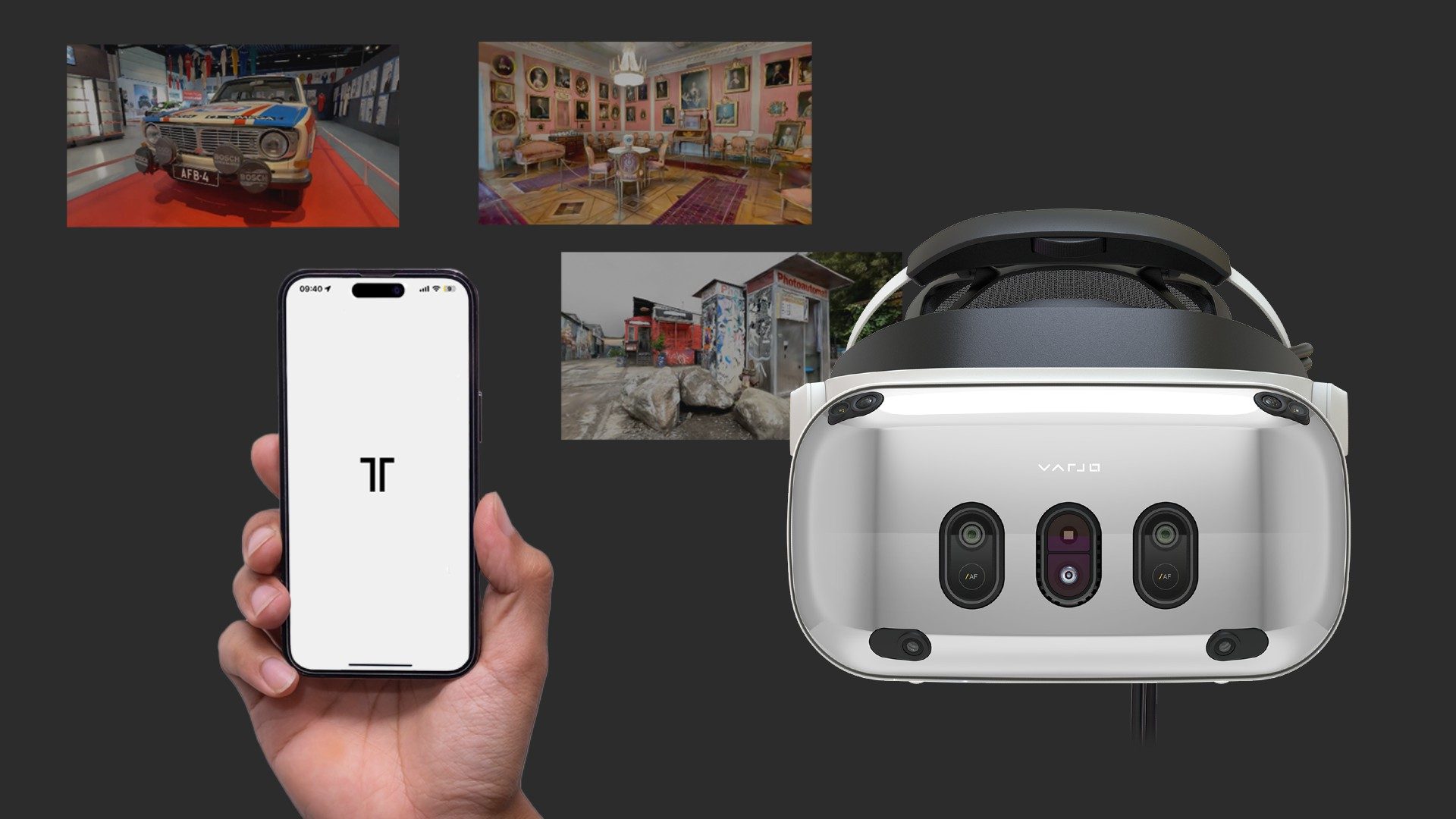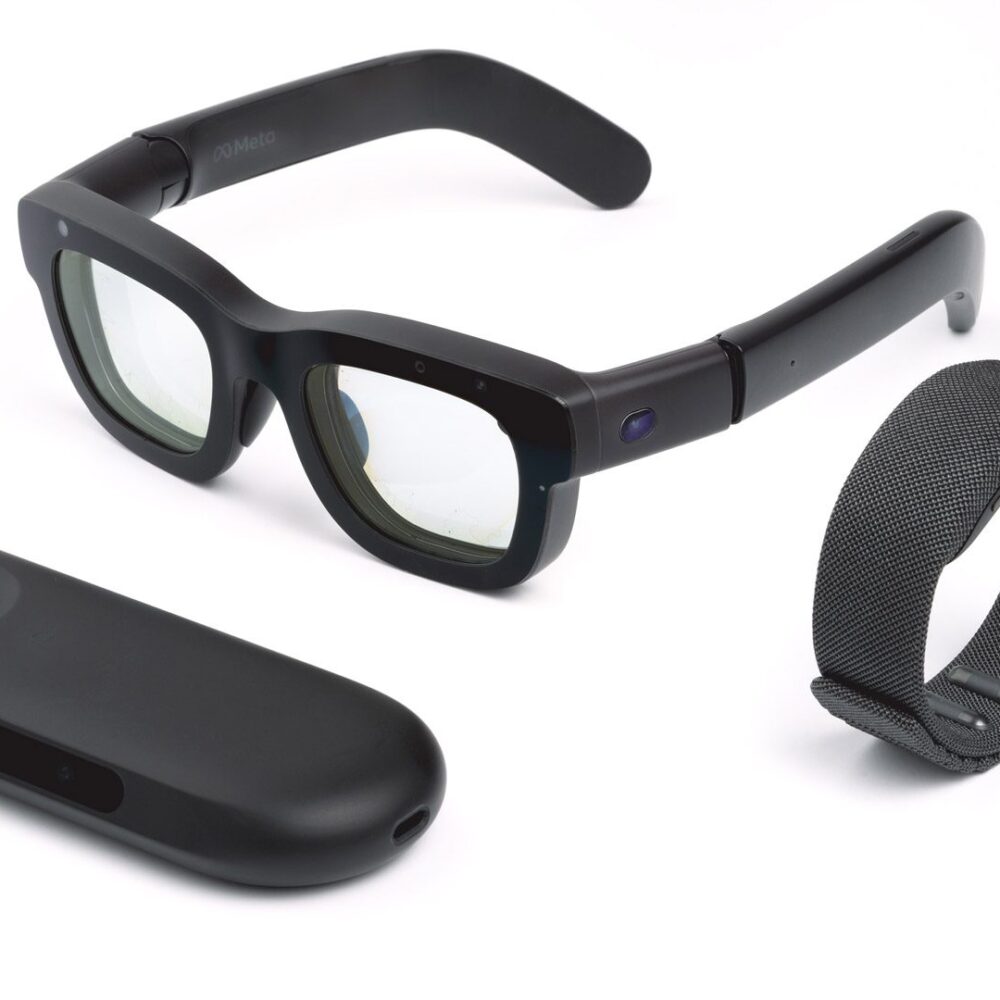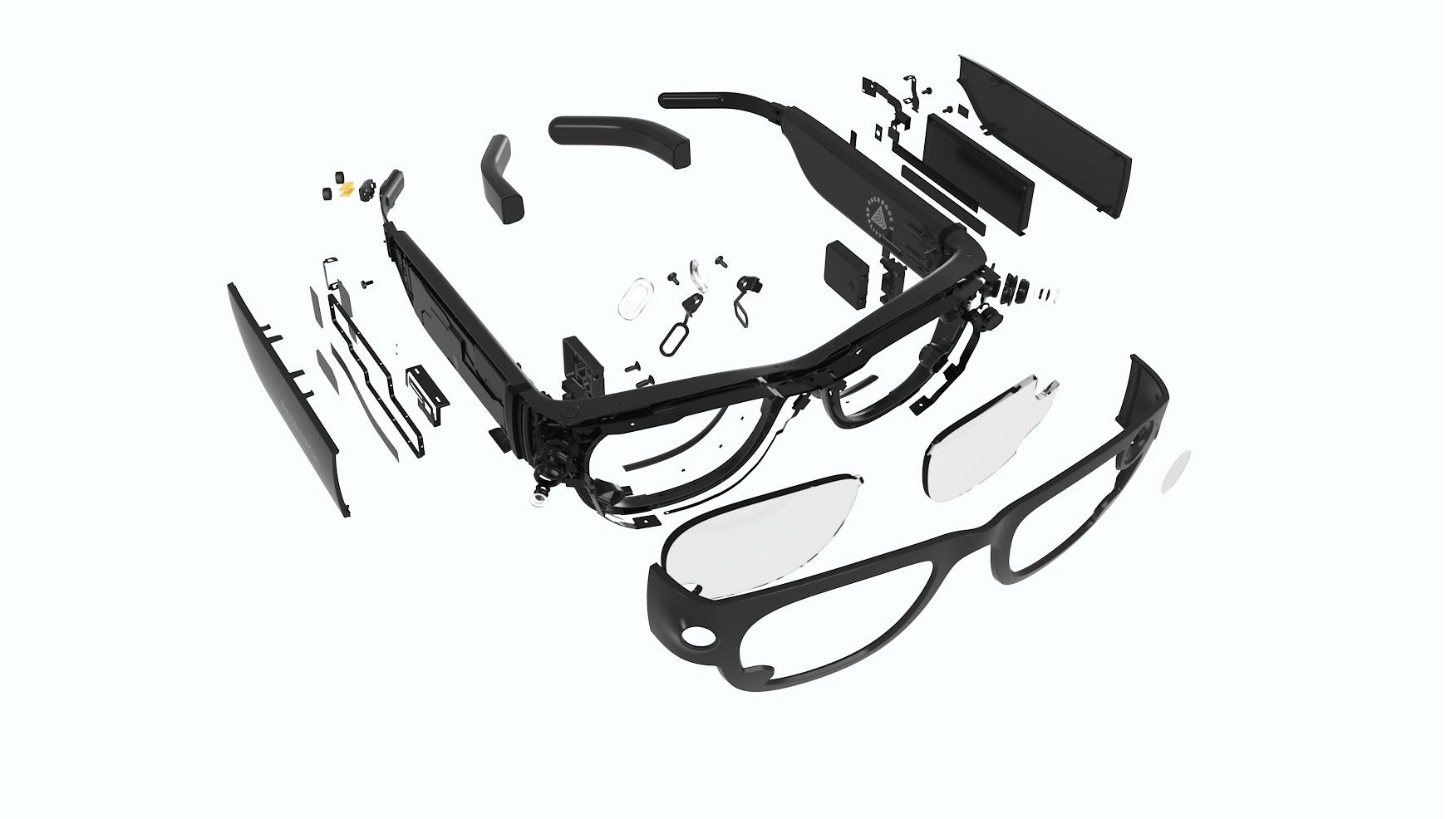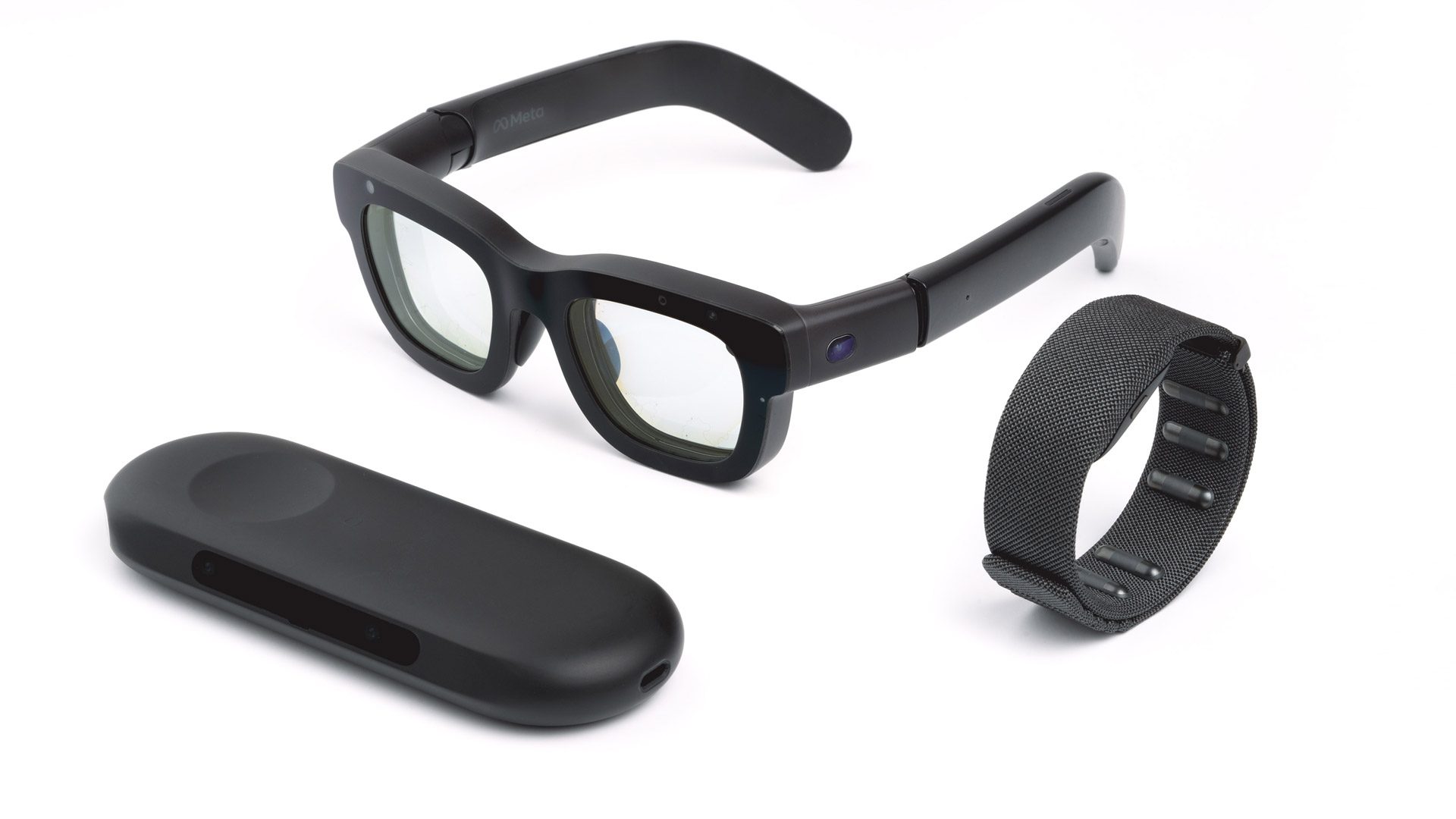Black Friday brought the best PSVR 2 sale we’ve seen yet, and even though Black Friday is gone, Sony has kept the sale rolling. You can still get the PSVR 2 Horizon Call of the Mountain bundle for just $350, a 42% discount over the usual price.
Sony dropped its Black Friday PSVR 2 sale well ahead of the actual day… and now the deal has continued well beyond Cyber Monday.
The $350 deal on the PSVR 2 Horizon Call of the Mountain bundle is the best price we’ve seen for the bundle yet, compared to a usual price of $600. The sale has led to a huge sales spike for the headset on Amazon US, pushing it up nearly 20-fold compared to the months prior.
Though these are great numbers for PSVR 2 historically, Quest has been pushing around 10x more sales volume on Amazon US during the Black Friday and Cyber Monday period.
The amount of the discount (42% off), the length of the sale, and the fact that the non-bundle of the headset is seemingly not available on Amazon US at the moment, suggests there might be an ulterior strategy at play. One the one hand it’s possible Sony is dumping stock. This is probably not because its discontinuing the headset, but there could be a new model (with minor changes, as they have done before) or new bundle on the way, or they’re preparing for a permanent price cut. On the other hand, perhaps they’re just happy with the performance of the sale and want to keep it going.
